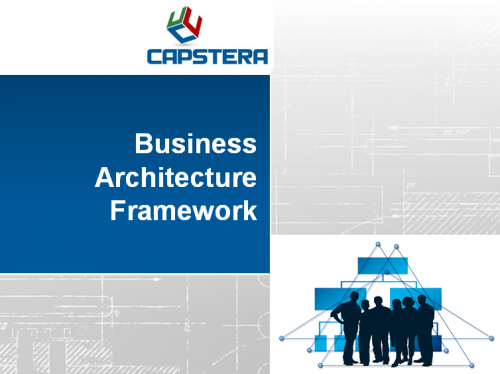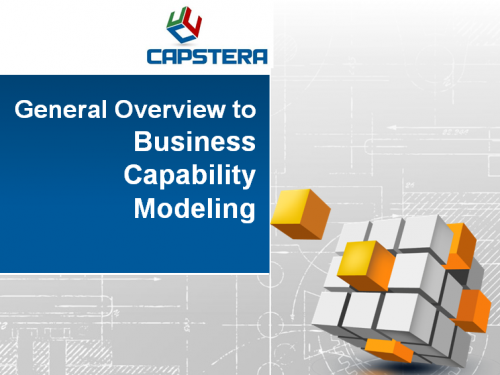
What are the essential business architecture components?
Is your enterprise using the correct set of business architecture components? Your firm may be following the tenets of business architecture – either as an established discipline with defined processes and artifacts or sporadic attempts to model the enterprise in some way. Irrespective of whether it is a fine-tuned process or random shots, there will be some semblance of business architecture in most established enterprises. Business architecture is foundational and integral to understanding a firm’s elemental building blocks.
More often than not, business architecture is burdened by frameworks and too many technologists masquerading as business architects. (That is a topic for another day.) The business architecture’s components are also not well established and practiced uniformly across all enterprises in every industry. But this is a function of the flexibility and the fluidity based on the emerging thought leadership about what business architecture is and what components comprise the core of business architecture.
What are the essential business architecture components? While one may not need them all in one go, the article lists the critical business architecture components.
So what are the fundamental building blocks and business architecture components? Here is our take:
Business Architecture components:

Strategy Clarification: Business architecture needs to start with understanding an enterprise’s “why” or strategic rationale. Authors call it the enterprise business motivation model. Following the business logic, strategy, and operating model is essential to modeling the business and linking execution to company strategy.
Business Capability Modeling: The business capabilities model is the cornerstone and the fountainhead of any successful business architecture effort. Business capabilities modeling helps capture what a company does in a structured hierarchical decomposition of business into its core building blocks.
Value Streams and Business Processes: Value streams are ideas borrowed from the LEAN and Six Sigma area. Business architecture deals with the flow of events from a stakeholder perspective. Finally, business processes are detailed flows that capture the essence of how a business does its business.
Data: Capturing business entities and the subject areas is integral to the business architecture endeavor. Once the business information model is in place, it will help inform the data architects, who will, in turn, define the conceptual, logical, and physical data models.
Structure: Understanding the company structure – not necessarily the hierarchical organization charts – but understanding the roles, mapping the locations, listing the types of stakeholders, outlining the channels, and other such information is valuable for downstream architecture and solution development efforts.
Systems: Understanding the IT landscape – the servers and databases, applications and systems, the IT services, data centers et al. – is a critical step.
Specifications: Business architecture, by definition, is more the strategic architecture and hence does not directly bleed into SDLC (Software Development Life Cycle) or the ALM (Application Lifecycle). However, higher-level capability evolution specifications will help the business architecture discipline provide the foundational information to downstream areas. Therefore, one may stop at the high-level features and functions to create a capability development roadmap.
Heat Maps: Juxtaposing capabilities, value streams, and processes against other parameters yield critical business architecture insights. Footprint analysis, heat maps, and other visual aids are essential to executive decision-making and lead to optimization efforts.
How are Business Architecture Components different than Business Process Components?
If business capabilities represent the “What,” the business processes represent the “How.” A business process is a construct with a definite start and finish. The well-known principle of SIPOC (Supplier, Inputs, Process, Output, Customer) delineates the decomposition of a business process.

Do we need to model all the Components of Business Architecture?
It need not be a boil-the-ocean approach to creating all business architecture components in every situation. Instead, it should align with each case’s needs and exigencies. Showing quick wins and helping along the transformation is perhaps more critical than just producing business architecture artifacts.
Furthermore, a successful business architect is a creator, collaborator, and synthesizer. They will co-opt the deliverables from fellow professionals. For example, to overlay systems/services, the inventory and the attributes may come from enterprise/technical architects. The data architecture team may provide a list of familiar data entities. Similarly, process architects and business analysts may contribute the one-click below drill down of process maps to align to each stage/step of a value stream.
In addition to the ones mentioned above, what other business architecture components does your firm leverage? Which business architecture components do you feel are a high priority?
-

Business Architecture Current State Audit
-

Business Architecture Framework Template
-

Business Capability Management Playbook
-

Business Capability Modeling Overview




